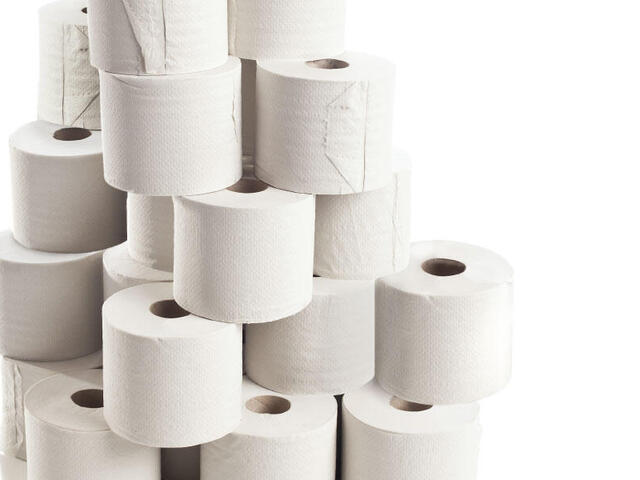Learn the right way to dispose of your tissue

In today’s world, it is very important to be environmentally conscious. One of the simplest ways to do this is by properly disposing of your tissue. Many people don’t know how to properly dispose of their tissue, which can lead to environmental problems.
In this blog post, you will learn the right way to dispose of your tissue. You will also learn about some of the environmental problems that can occur when tissue isn’t disposed of correctly. So, let’s get started!
The three types of tissue disposal
There are three main types of tissue disposal: incineration, burial, and composting. Let’s take a look at each one:
- Incineration: Incinerating tissue is one of the most common methods of disposal. This involves burning the tissue in an industrial furnace. The heat from the firebreaks down the tissue into smaller particles, which are then released into the air.
- Burial: Burial is another common method of tissue disposal. This involves burying the tissue in a landfill. The tissue will decompose over time and will eventually turn into soil.
- Composting: Composting is a less common method of tissue disposal, but it is becoming more popular. This involves breaking down the tissue into smaller pieces and then adding it to a compost bin. The tissue will decompose over time and will eventually turn into compost.
Why it’s important to dispose of your tissue correctly
There are a few reasons why it’s important to dispose of your tissue correctly:
- To prevent environmental pollution: Incorrectly disposing of tissue can lead to environmental pollution. For example, if tissue is incinerated, the smoke from the fire can pollute the air. If tissue is buried in a landfill, it can leach chemicals into the soil. And if tissue is composted, it can attract pests and rodents.
- To prevent the spread of disease: Tissue that is not disposed of correctly can also lead to the spread of disease. For example, if tissue is incinerated, the ashes can contain harmful bacteria. If tissue is buried in a landfill, it can contaminate the water supply. And if tissue is composted, it can attract pests and rodents.
- To prevent the waste of resources: Incorrectly disposing of tissue can also lead to the waste of resources. For example, if tissue is incinerated, it will release greenhouse gases into the atmosphere. If tissue is buried in a landfill, it will take up valuable space. And if tissue is composted, it will attract pests and rodents.
can you flush tissues
No, you shouldn’t flush tissues down the toilet. Although they’re made of paper, tissues are designed to absorb liquids, and they can quickly cause a clog in your plumbing. Additionally, the dyes and fragrances in some tissues can also damage your sewage system. If you have used tissues that are covered in makeup or another substance, it’s best to throw them in the trash instead of flushing them.
However, if you accidentally flush a tissue or two, there’s no need to panic. Most toilets can handle a small amount of tissue without issue. Just be sure to dispose of any other tissues in the trash from now on.
What can happen if you don’t dispose of your tissue correctly
When you have a cold, the last thing you want to think about is where to dispose of your used tissue. However, it is important to dispose of tissues properly, as failure to do so can lead to serious health problems. Tissues that are disposed of in the environment can become incubators for bacteria and viruses.
When these pathogens come into contact with someone with a weakened immune system, they can cause serious illness. In addition, improperly disposed tissues can clog drains and sewers, leading to flooding and unsanitary conditions. By taking a few moments to properly dispose of your tissues, you can help protect yourself and others from disease.

 The Importance of Choosing the Perfect Mattress for a Good Night’s Sleep
The Importance of Choosing the Perfect Mattress for a Good Night’s Sleep  Tailored Tranquility: Exploring Custom Backyard Designs
Tailored Tranquility: Exploring Custom Backyard Designs  House Hunting: Finding Homes for Sale in Knightdale, NC
House Hunting: Finding Homes for Sale in Knightdale, NC